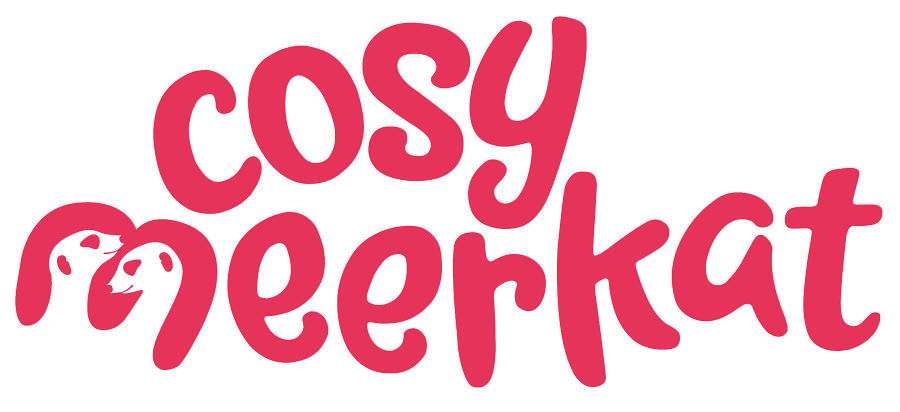Who’s telling your AI story?
I don’t know about you, but sometimes the pace of AI development feels totally bamboozling. Every week, there’s a new tool, version or update: ChatGPT, CoPilot, Gemini, Claude, Midjourney, DALL·E… the list goes on. AI is reshaping work faster than most of us can blink, and I think internal comms could sit right at the centre of that change.
AI is reshaping work faster than most of us can blink. Some people are genuinely excited. Others are quietly terrified. And most of us sit somewhere in the middle - intrigued, but unsure where to start.
And in that mix of curiosity and confusion lies a massive opportunity for internal comms. Because the hardest part of AI isn’t the tech. It’s the story.
If you don’t tell the story, your people will make up their own. And we all know how fast rumours and fear can spread. And it’s not only rumours, it translates directly to the bottom line. As CapGemini’s 2025 AI in Action report indicates, companies that communicate a clear AI vision are more likely to achieve ROI from their AI investments.
If it’s not on the agenda, or keeps getting pushed, take this as permission - it needs to be.
Why your organisation already has an AI story
Every organisation has a story about AI, whether it’s being told or not. Left untold, the narrative can quickly turn negative:
“AI’s going to take my job.”
“The company is hiding something.”
“This is just cost-cutting in disguise.”
A clear, credible AI narrative is vital to flip the script, limit negativity and focus on opportunities. It should explain the strategy (if there is one), the human impact (where and how that’s known), and answer the questions employees are really asking.
The Why
Why now? Link AI adoption to your organisation’s purpose or customer promise. For example: “We’re using AI to remove repetitive tasks so our people can focus on higher-value work that directly benefits customers.”
The How
How will AI be deployed responsibly? Employees need reassurance on fairness, transparency, and human oversight.
The What
What will AI look like in day-to-day work? Share tangible examples: automated reporting, smarter workflows, or AI-assisted research.
And this isn’t a one-off message. Your AI narrative should be consistent, human, and regularly updated as both the technology and its use evolve.
If, like many businesses, there are gaps in answers and an AI strategy is lacking, there’s still a story to be told, and opportunities to connect.
This is a great opportunity to connect with your people, find out what’s on their minds, and hear from the voices that are exploring these challenges as well. It’s okay if you don’t have all the answers, what’s not okay, is if you’re ignoring the questions.
Why internal comms should own the story
AI may be a technical revolution, but the real impact is human, and that’s where IC comes in. Supporting people through a mindset shift to new ways of working, navigating a new type of uncertainty, connecting the dots from strategy to the day job. It’s a brilliant opportunity for IC to work hand in hand with technology teams to help:
Translate strategy – making it relevant to every role, from call centre agents to analysts.
Build trust – sharing openly, honestly, and without jargon, providing a trusted source of information.
Guide change – AI adoption is a continuous journey. IC can smooth the path, reduce fear, and encourage experimentation.
Shape culture – celebrating successes, showcasing safe experimentation and making AI an accessible tool.
Internal Comms as the AI storyteller
Internal communicators can make the abstract human and bring clarity to complexity. Simple things like framing and sharing the journey, bringing in real people and real examples, and connecting back to the company’s overall strategy and values.
Done well, IC-led storytelling can shift employees from fear and scepticism to curiosity, empowerment, and even pride.
Looking ahead
AI is a once-in-a-generation opportunity for internal comms. Those who embrace it strategically will guide the organisation, influence adoption, and strengthen trust.
The potential to drive value is huge. Those who ignore it risk letting rumour, fear, or misunderstanding take control.
The question isn’t if your organisation will have an AI story. It’s who will tell it.
Your next step: If you’re ready to ensure your AI narrative is clear, human, and credible, we’d love to help. Book a chat with us and let’s explore how internal comms can lead this change in your organisation.
